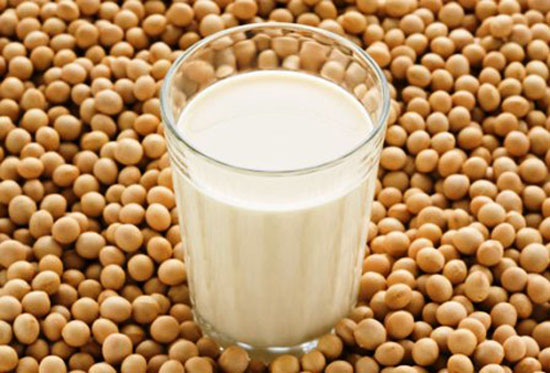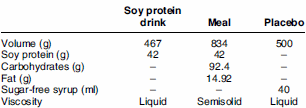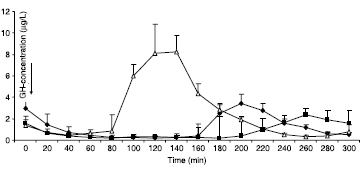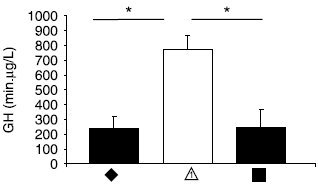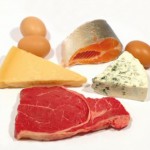Blog Entry #94
By Admin – Steroidal.com
Soya protein is a popular alternative to whey or milk protein and has been available as a supplement for decades. Derived from soya beans, soya protein comes in both concentrate and the more expensive refined isolate form. Soya is a viable alternative to milk derived protein due to many being lactose intolerant or experiencing stomach problem from whey and casein ingestion. Soya is digested slightly slower than whey protein, but faster than casein.
However, soya has been shown to contain phytoestrogens that may cause changes in estrogen levels in humans. Soya beans are rich in phytoestrogens, a subclass of a group of antioxidants known as isoflavones. The chemical structure of phytoestrogens is very similar to that of the human sex hormone estrogen, which as male bodybuilders can mean side effects. The similarity of the structures allows phytoestrogens to sometimes mimic or inhibit the hormone in animals or humans with estrogen receptors. Because they can interact with estrogen receptors, phytoestrogens have the potential to play a role in any biological process that involves estrogen.
One study on a 19-year-old male caused loss of libido and erectile dysfunction after ingesting large amounts of soya products [1]. Another study also showed a 19% drop in testosterone levels after use after 4 weeks [2].
It’s not all bad though. Today, we’re going to look at a Dutch study published in 2008 that looked at the effects of soya protein on growth hormone levels [3]. Growth hormone is an important hormone responsible for muscle growth, so ingestion of protein products that cause it to increase or decrease can help obtain more muscle mass or possibly magnify advances in training.
The Dutch study aimed to look at the differences in GH peak from soya alone, mixed with carbohydrates and fats or placebo. Six women aged between 19 and 36 were given first thing in the morning. The table below shows the makeup of the meals.
The graph below shows the changes in GH after the meals had been ingested over a five-hour period. The black diamonds and squares show the placebo and regular meal groups, showing no significant changes. However, an hour and a half after the soya protein shake had been consumed there was a spike in GH secretion, as shown by the white triangles.
This was confirmed in another measurement of total GH release since the shake, meal and placebo were administered. The graph below shows the soya protein shake group had a GH peak three times as high as the two other groups.
Although this is one of the most recent studies on soya protein and GH levels, data suggesting protein intake raises GH levels is nothing new. Branch-chain amino acids (BCAAs) have also been shown to elevate GH levels when used [4].
Source:
[1]. Nutrition. 2011 Jul-Aug;27(7-8):859-62. doi: 10.1016/j.nut.2010.10.018. Epub 2011 Feb 25.
[2]. Cancer Epidemiol Biomarkers Prev. 2007 Dec;16(12):2795; author reply 2795-6.
[3]. Eur J Endocrinol. 2008 Jul; 159(1): 15-8.
[4]. Endocrinology. 1984 Nov;115(5):1897-900.




